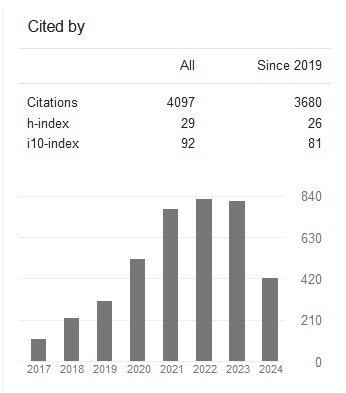Development of Computational Model to Predict Rut Formation using GIS for Planning of Wood Harvesting on Drained Peat lands( Vol-2,Issue-12,December - December 2016 ) |
|
Author(s): Teijo Palander, Kalle Karha |
|
Keywords: |
|
|
ALS, GIS, GRL, digitalization, forest operations, modelling, planning system. |
|
Abstract: |
|
|
Modern computerized planning systems are necessary for wood procurement of forest industry in the near future. The purpose of this study was to examine if planning of wood harvesting from peat land thinning could be digitized by GIS, when the success criterion is a rut formation in stands caused by harvesting machinery: 1) a maximum rut depth and/or 2) the percentage of formatted rut of total strip road length. The aim was to develop the computational model of rut formation for stand selection in summertime harvesting. The variables of the model described harvesting conditions, which are usually measured using field measurements. It was also aimed that this manual work could be replaced by utilizing digitized geographical information. To perform the study, harvesting conditions, as well as harvesting results including the rut formation were collected in each stand. The forwarding distance, thickness of peat layer and a depth to the groundwater table had a significant effect on the rut formation. Furthermore, the carrying capacity class of harvesting machinery, the quality of brush mat, trees’ stumps, and bends on strip road network contributed to the depth of ruts. The rut formation was correlated witha laser pulse density returning from the vegetation (2×2 m raster)and the ground height model (2×2 m) produced by an airborne laser scanning. The height information and the groundwater data were combined as a new independent variable, because the model of maximum rut depth was statistically more significant and, consequently, the stand selection was more reliable. However, on the basis of the study results, the use of airborne laser scanning for digitization of enterprise resource planning systems requires manual support of the field measurements for reliable wood harvesting operations of peat land thinnings. Even with decision support of manual field measurements 14% of stand selections would have been wrong. Besides, harvesting machinery with a low nominal ground pressure (<30 kPa) is necessary for successful harvesting operations. |
|
Cite This Article: |
|
| Show All (MLA | APA | Chicago | Harvard | IEEE | Bibtex) | |
Share: |
|

 DOI:
DOI: 



























